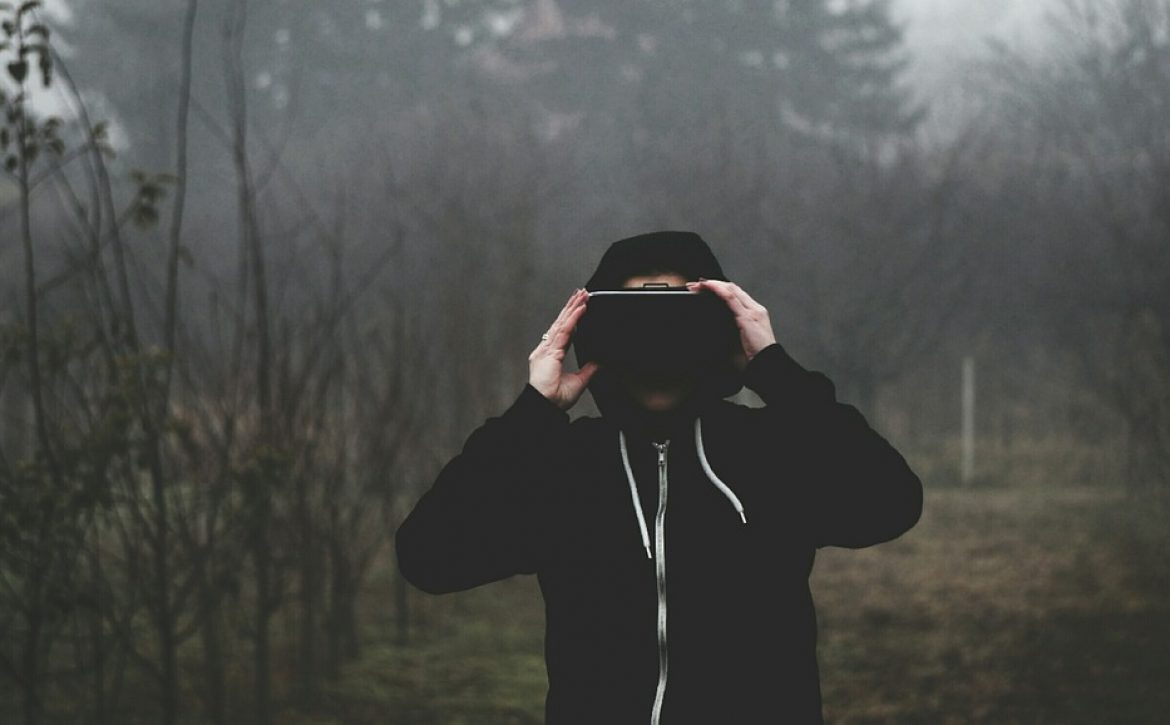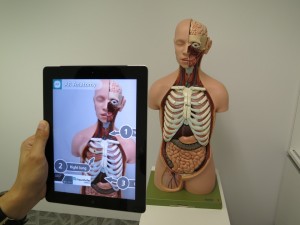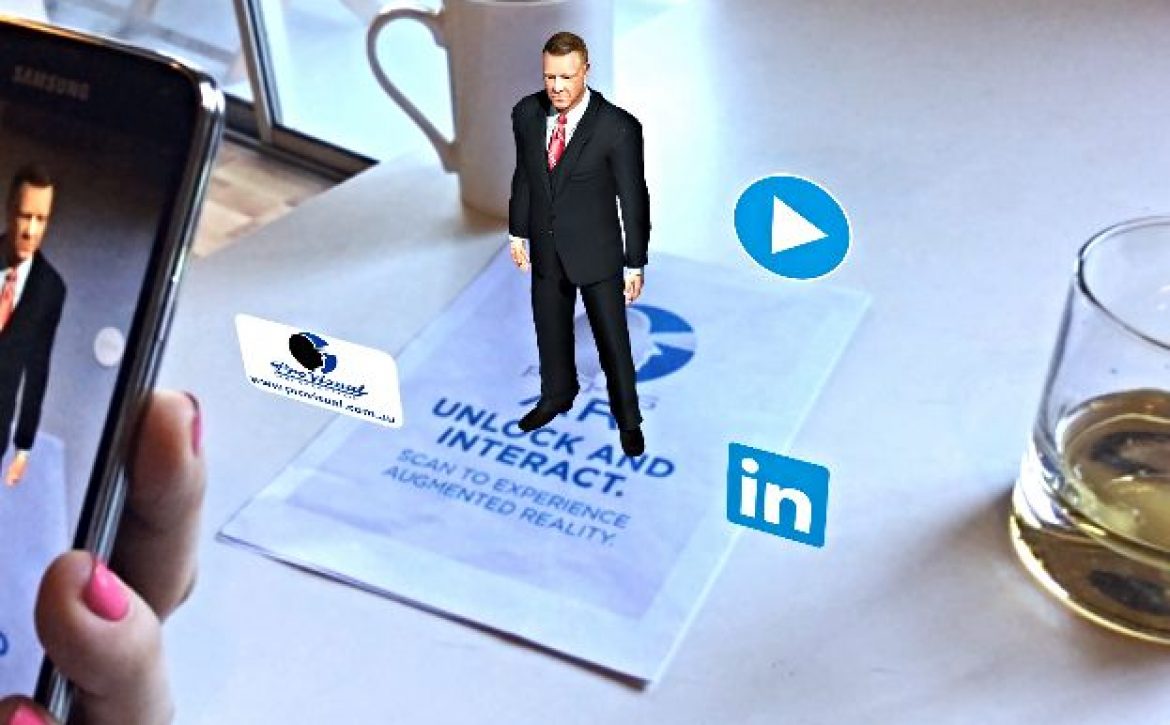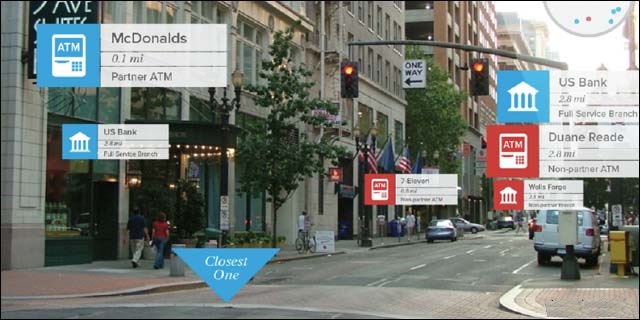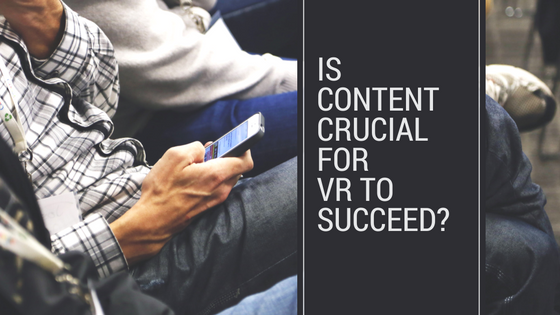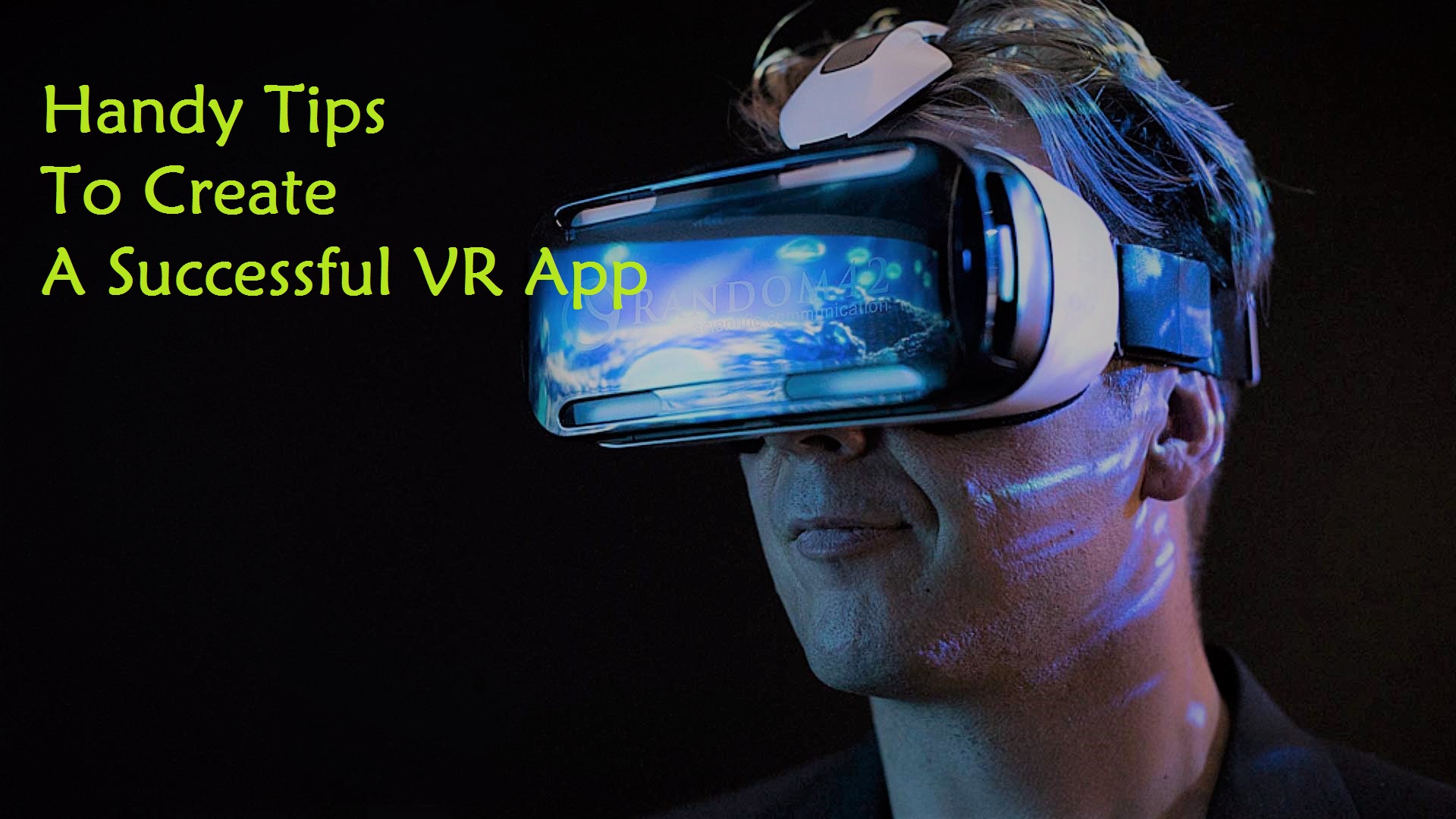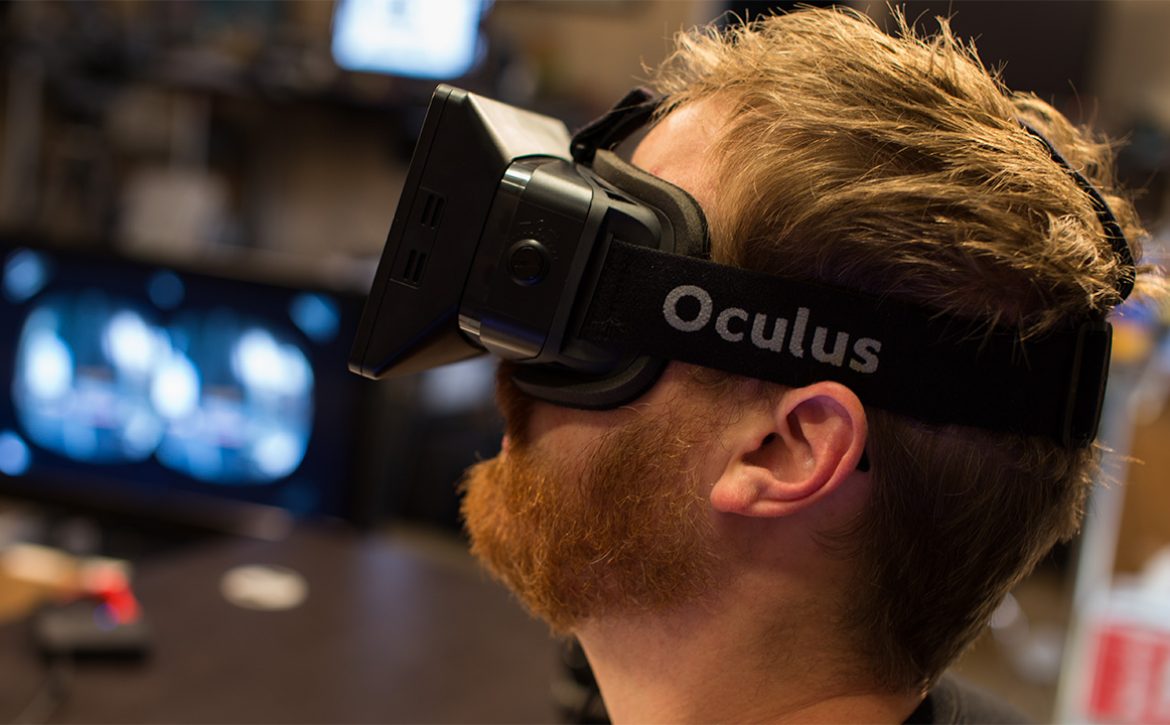How To Market Virtual Reality
Marketing Virtual Reality: The Next Big Thing
It has been roughly twenty years since the mobile phones attacked our lives and most of us do not even remember the time when connectivity was not accessible through our hands. We ought to remember the present time since soon we are going to see the extinction of mobile phones just like the dinosaurs. Yes, a new technology is all set to take over our lives just like the mobile phones did in the 90s. Virtual reality is going to be the next giant leap for mankind.

Yet, the onus now lies on the people in VR industry to make the technology sound appealing and project it as a ‘necessity’ just like the mobile phone today. The Virtual Reality Industry has had a particularly bad start in marketing compared to previous game changers like Computers, the Internet and Mobile Phones. Blame it on the cost heavy VR headsets or underwhelming marketing campaigns, VR needs a marketing strategy to make it the next game changer.
The Basic Idea
The VR customer base is expected to cross 200 million by 2020. Brands are expected to go all out on marketing to capture a majority of this figure. Virtual Reality, being an amazing new technology can be over-hyped in the process. Marketing professionals need to understand the technology in and out before beginning to even conceptualize a campaign. The basic Idea of VR is “escaping reality” and it is what will eventually make it the next big thing. Keeping the basic idea of VR in mind, the following need to be outlined in the campaigns and content:
Personalisation
The user experience can greatly be personalized by the addition of simple user specific aspects. User information can be used from databases and relevant social media traits can be pulled up to make the experience more delightful. Even a simple name insertion into the real-time application can garner more interest from a user.
Real-Time Experience
Even though the basic idea is to escape reality, making the virtual environment a bit realistic will give a sense of belonging to the user. Real people engaging, interacting and sharing emotions is irresistible. Users experiencing a gripping, emotionally upbeat, lifelike and heart touching virtual scenario can simply market the product through word of mouth and social media, which will pay dividends in the long run.
Stir Emotions
Virtual Reality is a competent tool which allows users to experience life as someone else and through someone’s eyes. This can evoke empathy and better understanding. It can help understand the hardships suffered by athletes, celebrities, politicians and even a common laborer. Empathy is an effective stimulus for the response action. It can help brands who are looking to portray social causes and assist them in explaining their brand purpose.
Focus on ‘The Why’
In his famous book “Start With Why”, Simon Sinek elaborates the reasoning behind the uber success of some products. According to him, marketing must be centered on WHY brands do what they do. Taking it a step further from his ideology, if we can decide for WHO the brand is meant for and then add the WHY, Virtual Reality marketing can be taken to a whole new level. Simon Sinek further goes on and states:
“Once the WHY is accomplished, we can expand outward toward selling by addressing the hows and whats of a company, brand or product. Apple is a particularly good success story whose marketing message always looks something like: With everything we do, we aim to challenge the status quo. We aim to think differently. Our products are user-friendly, beautifully designed, and easy to use. We just happen to make great computers. Want to buy one?”
Watch Simon’s Ted Talk: Click Here
Choosing The RIGHT Target Audience

Facebook, Instagram, and Snapchat are prime examples of successful marketing of tech to youth. Snapchat has teens as their App Store screenshots, which conveys a marketing message that “teens have fun when they use our app.” Similarly, during its initial years, Facebook was targeting universities, colleges and the general youth to market itself.
Social media would never have become successful had the youth not given a thumbs up to them.
The same applies to Virtual Reality. The target audience needs to be demarcated, which will primarily be the tech-savvy youth of today. Target the youth which has not seen life without a connected device and show them WHY Virtual Reality is the best tech coming up, HOW it can change the way we perceive things and WHAT makes it a ‘necessity’.
Virtual Reality is a new age technology that needs to be understood and accepted by the masses eventually. It has the potential to sabotage and disrupt the present market. Hence, marketing professionals need to incorporate methods that can sustain it. Focusing on the ‘WHY’ and the Right Target Audience needs to be addressed in order to sell VR tools and applications as hot pancakes.
Remember:
“Good marketing makes the company look smart. Great marketing makes the customer feel smart.” – Joe Chernov


